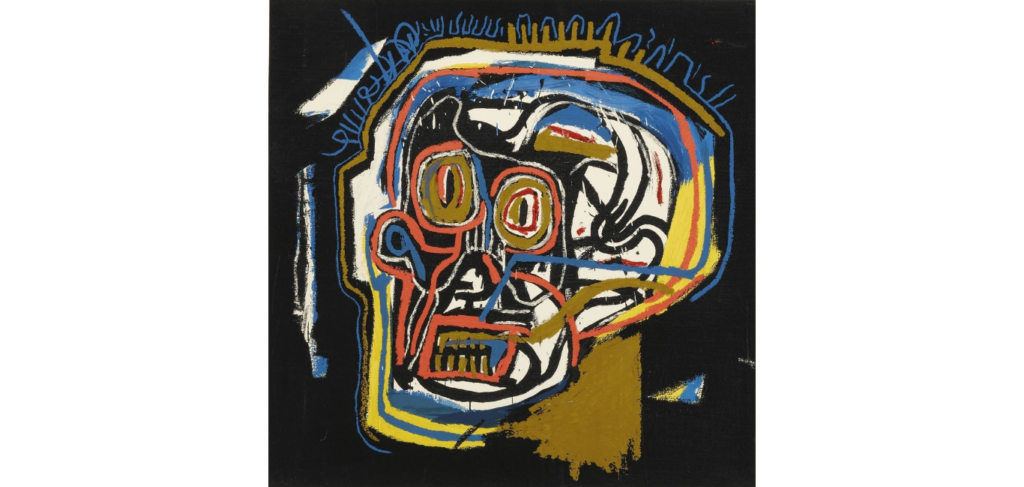Graffiti art has become one of the most prominent and dynamic art forms in African culture and modern society, characterized by its refreshing, groundbreaking, and euphoric nature. Among the influential figures of graffiti art is Jean-Michel Basquiat, who has left an indelible mark on the genre as we know it today. African graffiti art reflects its dynamic environment by incorporating various styles and elements that pay homage to it. Artists like Amadou Sanogo( Mali), and Aboudia( Ivory Coast ) highly credit Jean Basquait’s influence in African art and Grafitti.
Jean-Michel Basquiat’s influence on modern-day African art holds immense significance. Born in New York in the 1980s, his art quickly gained recognition earlier in his career. Following in the footsteps of Andy Warhol, who had previously “invented” pop art, Basquiat quickly became one of the most influential artists of the 20th century. His legacy is visible in the works of contemporary African artists who have embraced graffiti as a medium for expression and social commentary. Here are some of the significance of Jean’s works to modern-day contemporary African art.

Image courtesy of Artsy
Basquiat’s works are significant in African art because of their strong socio-political commentary. Jean’s art was an embodiment of African culture, and this is evident in his use of symbols, shapes, and colors. He was also influential because of his versatility. He used various media, from painting and drawing to mixed media and printmaking. This versatility in media directly resembles prominent African mediums post-colonization as African artists experimented with different techniques and mediums. African graffiti and contemporary art embody different patterns, unorthodox shapes, and wordings, which was a direct influence of Jean.
Aboudia finds inspiration in graffiti and traditional African carvings, incorporating them into his artwork. He portrays young people from challenging neighborhoods and captures the violent aftermath of the 2011 post-election turmoil in Abidjan. Through recurring symbols like skulls, soldiers, and bullets, he addresses unimaginable trauma and brutality. However, his vibrant color choices highlight the enduring innocence of the children living amidst the chaos.

150 × 150 × 2 cm
Another significant influence of Jean’s work in African art is his ability to fuse various styles into one piece of art. Jean’s art often combined elements of African art, jazz, graffiti, and contemporary art.
This fusion created a unique style that is now evident in modern African art. Amadou Sanogo, a painter from Mali, creates captivating artworks filled with symbols and enigma. He skillfully portrays minimalistic figures against detailed patterns and vibrant colors. His paintings often feature skulls and headless bodies, conveying a sense of mystery. This skill is similar to Jean Basquiat’s approach. Using repurposed cloth bought from local markets, Sanogo pays homage to his Senoufo heritage and incorporates elements of contemporary politics and power dynamics.
Jean’s works have also inspired African artists to tell their stories through their art. He used his art as a medium to express himself and tell his story. Jean-Michel Basquiat’s influence on modern-day African graffiti art holds immense significance. Because of its unconventional manner, African artists today are able to use different styles in their art. A painting may include a modern subject fused with Afrifuturistic elements, etc. This is so significant to our world today as it has enabled artists to freely mix different types of styles while still retaining an aspect of graffiti art.

Jean-Michel Basquiat’s works have had a significant influence on modern-day contemporary African art. His strong socio-political commentary, versatility in media, fusion of various styles, and encouragement to tell personal stories have inspired African artists to experiment with new styles and techniques. African graffiti art, therefore, continues to thrive and evolve as an art form, thanks to the influence of artists like Jean-Michel Basquiat.


